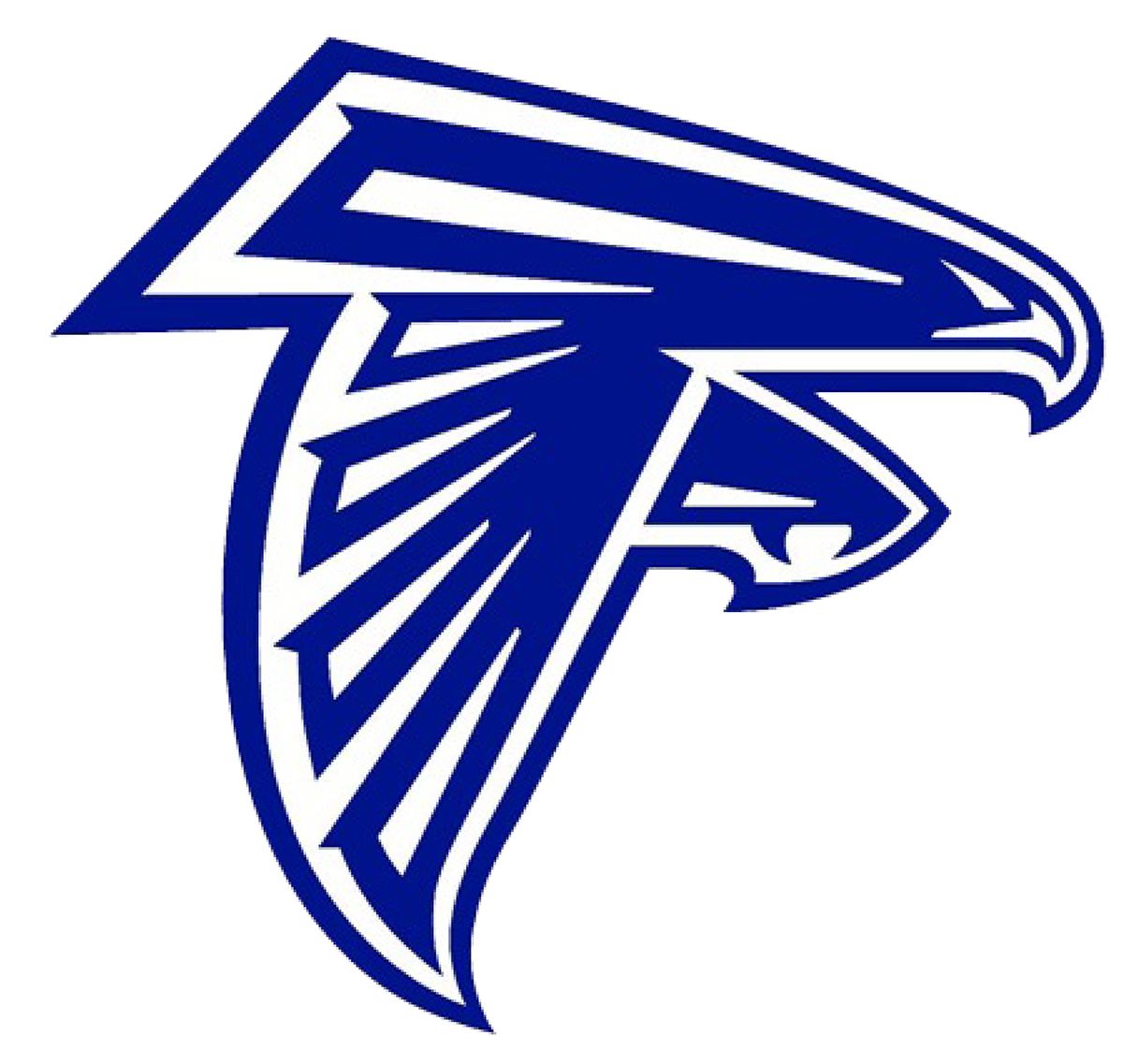AI, Drones, and Budget Cuts: A Week of Professional Development
One of the other hats I wear is President of the WASCD (Wisconsin Association of Supervision and Curriculum Development) organization, and as part of that work I was able to attend the ISTE-ASCD Annual Conference in San Antonio from June 29 to July 2. Educators and EdTech innovators from all over the world were in attendance with over 17,200 participants from 82 countries and all 50 states. Think of ASCD as the focus on improving instruction and ISTE as the focus on using and learning technology. Overall, the event spotlighted pressing challenges in our schools right now such as improving student outcomes with limited school budgets, teacher shortages, and growing social-emotional learning (SEL) needs, while also showcasing cutting- edge classroom technology. It certainly was inspiring and motivating, but also brought mixed emotions as presenters spoke of funding hurdles all over the nation, just to see classroom sets of virtual reality headsets for sale, or even robotic AI classroom assistants on display.
From an instructional and school improvement lens, there were a lot of great sessions. Student wellbeing and SEL needs were ingrained throughout the conference. Panels of experts and practitioners underscored that students must feel “safe, known, and inspired to learn,” and called for deeper integration of SEL into whole-school culture and improvement efforts. This is an area that we do very well in Tomorrow River, so it was reaffirming how student centered our staff is. There were sessions on high school strategies to improve engagement and attendance. Attendance has been a focus for us since the pandemic, and overall high school attendance statewide has been a topic of discussion. Teacher recruitment and retention challenges were also major concerns from all districts all over the country. We have been fortunate in Tomorrow River Schools, as this has not been an issue for us.
From a technology lens, the event EXPO centered on next generation technology to support, enhance, and transform education. Among all of the new educational technology companies there were several interesting and engaging examples. There were demonstrations of using virtual reality for virtual field trips, science experiments, and automotive/building procedures. These were touted as great ways to increase opportunities for students, which they are, but in my opinion the cost and sustainability of VR needs to come down before we would look to make it part of our resources. Additionally, there were several groups sharing drone-based technology and curriculum. With the potential for STEM applications and real-world learning scenarios, this is an area we are very interested in for Tomorrow River Schools.
With transformation learning in mind, one of the biggest topics of the entire conference was AI (artificial intelligence). AI continues to evolve faster than we can keep up with in schools. There were several examples of “virtual classroom assistants” that were aimed at streamlining teaching and supporting tasks. For example, there were virtual assistants that took notes for the teacher, summarized main points and classroom discussions and then sent those summaries to the class. It certainly was thought provoking on the implications (both good and bad). Additionally, ISTE+ASCD announced a major investment toward training 200,000 teachers in AI literacy. In Tomorrow River, we are in the process of developing our AI Belief Statement to further guide our practices and plans. We will continue to plan teacher professional development in this area as we want to make sure our staff and students are prepared for the future.
Overall, the ISTE‑ASCD conference was an exciting vision for what schools can be, but it also showed we are at a critical moment in education. Despite persistent budget shortfalls, staffing gaps, and growing SEL demands, schools are actively piloting next-generation tools. We must continue to find ways to be innovative, creative, and engaging with students, while remaining within budget and maintaining fiscal responsibility. In our district, we are fortunate to have our STEAM addition to help us be in the driver’s seat of innovation and creativity for K-12 education, and feel well positioned to be a leader in all of central Wisconsin in this area.

